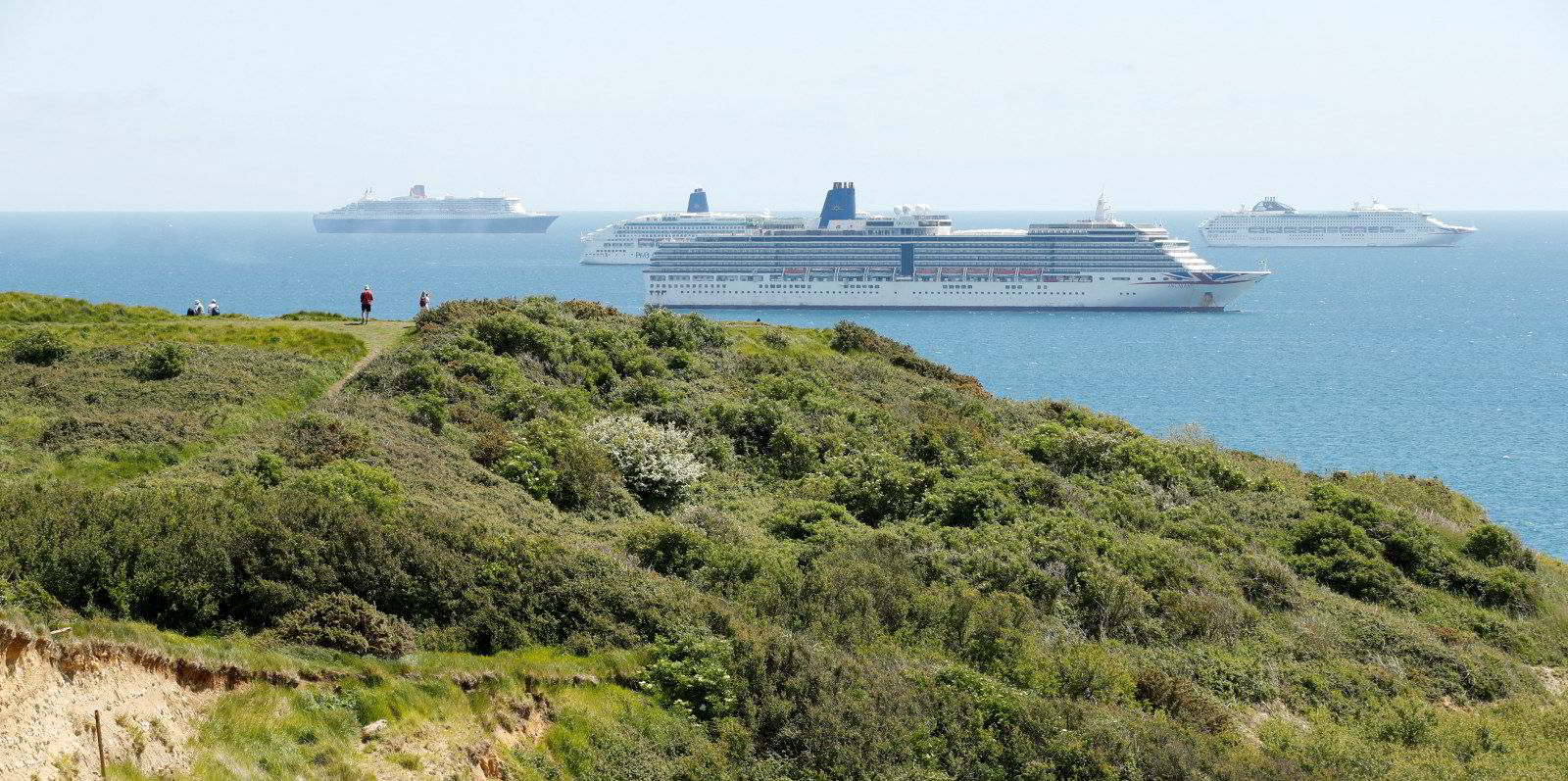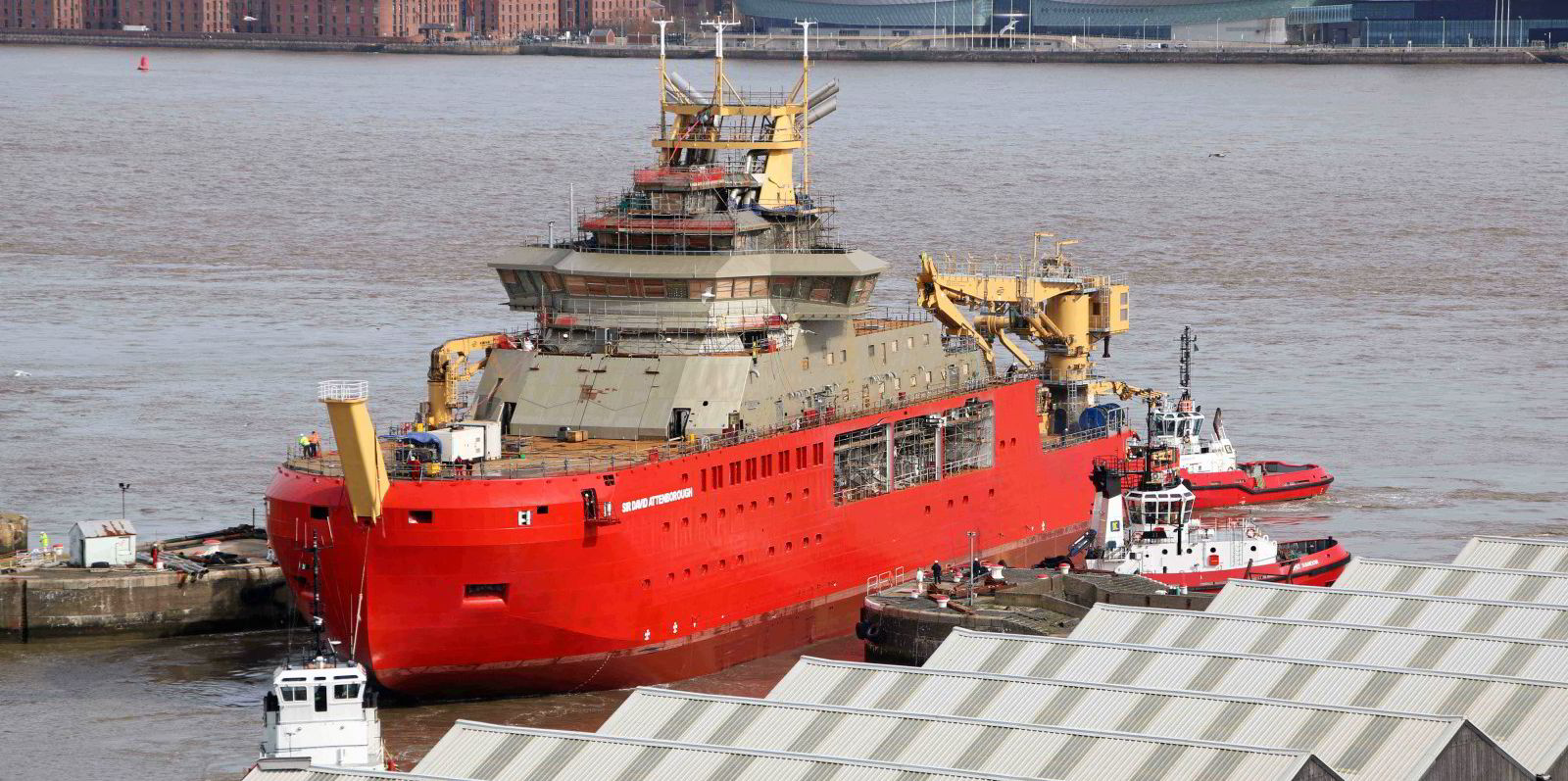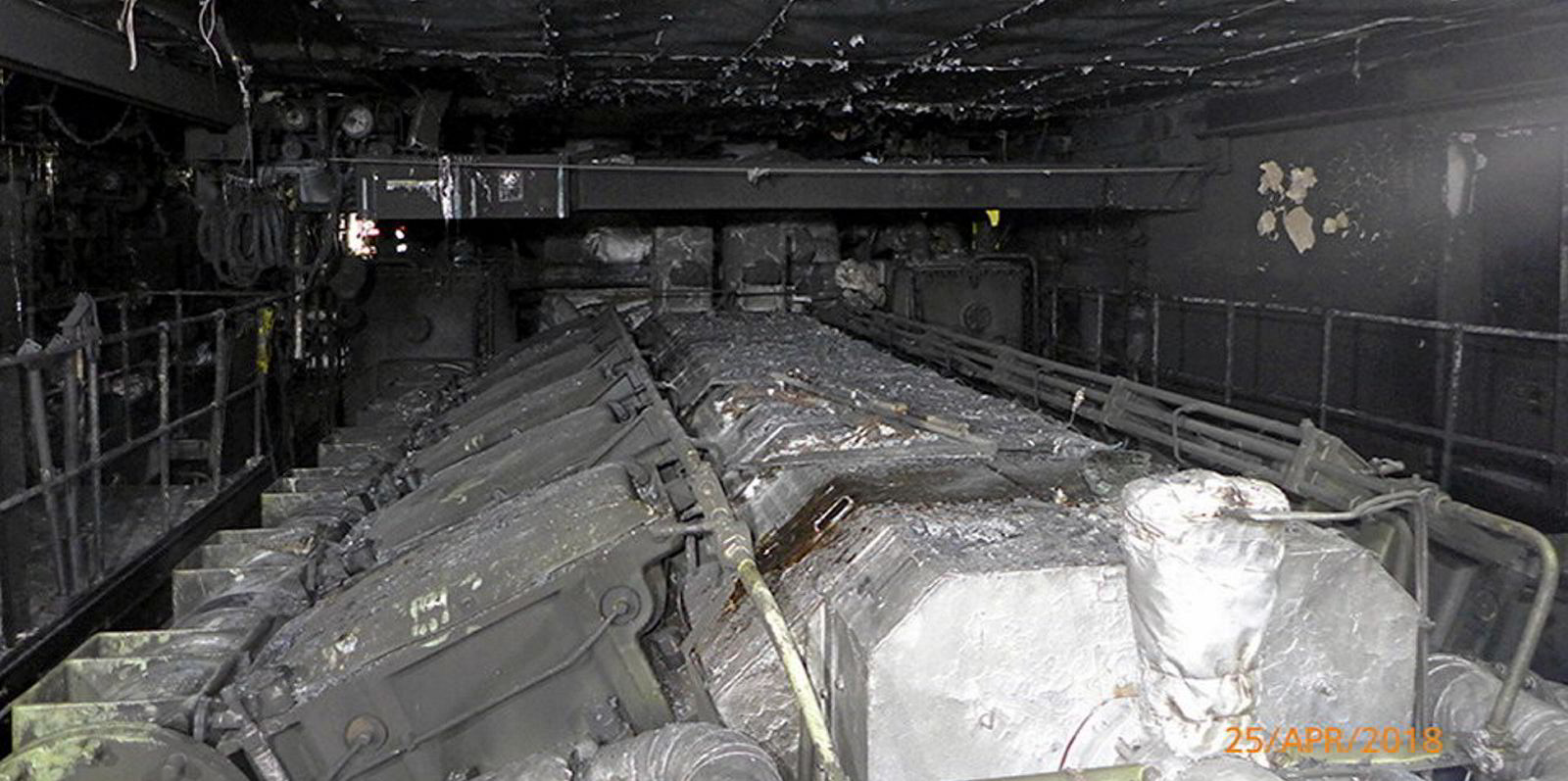UK accident investigators are warning of a growing threat of anchor failures among the idled global cruiseship fleet.
The UK Marine Accident Investigation Branch (MAIB) said it was aware of "several" incidents of systems failing as a year of lay-ups increases strain on equipment.
Andrew Moll, chief inspector of marine accidents at MAIB, said the issue is of concern and the organisation is trying to bring it to the attention of the industry.
Many cruiseships were stacked off the UK coast in spring 2020 as Covid-19 made voyages impossible.
Since then, anchors have often failed due to ships trying to ride out winter storms.
"One cruiseship lost both its anchors within a week," Moll said.
MAIB added that the strength of anchoring equipment is defined by ship classification rules and is intended for temporary mooring of a vessel within a harbour or sheltered area.
"In good holding ground, the anchoring equipment should be able to hold the ship to a maximum wind strength of 48 knots in flat water, but this reduces to a maximum of 21 knots wind strength in seas with a significant wave height of two metres," MAIB said.
Rough weather strain
The International Association of Classification Societies (IACS) advises that anchoring equipment is not designed to hold a ship off fully exposed coasts in rough weather or to stop a vessel that is moving or drifting.
In these conditions, the loads on the anchoring equipment increase to such a degree that its components may be damaged or fail, particularly on ships with high air resistance.
MAIB found that anchoring for extended periods in areas with significant tidal streams and currents accelerates the wear rate of the anchoring equipment.
Failures have occurred in joining links, anchor chain common links, D-links and across the anchor crown, causing the flukes to be lost.
Joining links under pressure
Of the failures reported so far, the most frequent has been failure of the joining links connecting two shackles of cable, often when a significant amount of cable was out. In some cases, this has involved as many as 11 shackles on deck.
The issue is further exacerbated when the scope of cable remains constant, causing a single point of loading and wear, for example, where the cable is in contact with the hawse pipe, MAIB warned.
The organisation has urged owners to take proactive action if strong winds are forecast.
"Do not wait until the anchor drags or until most of the anchor cable has been paid out before weighing anchor," MAIB said.
The shipping investigation agency added that there may be lingering problems after the cruise industry gets up and running again.
"As the restrictions on the cruise industry ease, it must be remembered that this period of prolonged anchoring may have decreased the life span of the anchoring equipment," MAIB said.
MAIB is recommending a full assessment of the future suitability of anchoring equipment as soon as possible.





